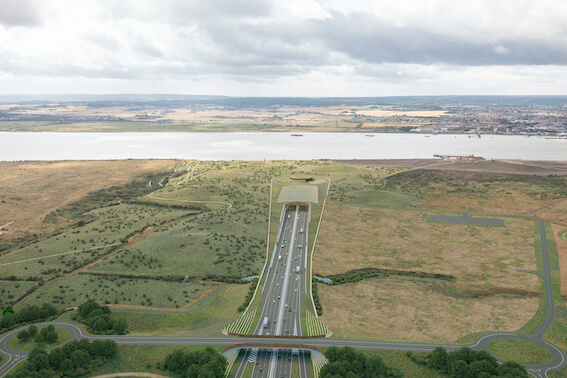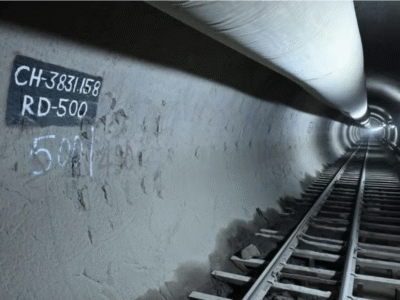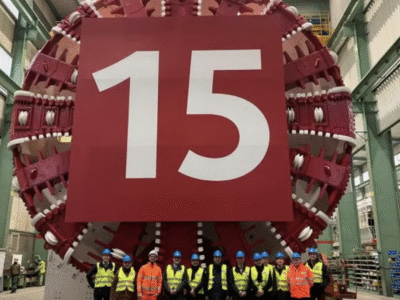
The Carbon Literacy Project, which is the first major UK infrastructure project to achieve the level, has been granted Gold level accreditation by the Lower Thames Crossing.
As a Pathfinder project, the Lower Thames Crossing that proposed new road and tunnel across the River Thames east of London is exploring low carbon construction. In order to decreasing emissions in their professional and personal lives, this project is committed to raising awareness amongst its workforce of the costs and impacts of carbon dioxide, and motivating them.
The Carbon Literacy Project has handed the Lower Thames Crossing its Gold award and accredited the project as being culturally Carbon Literate after over than half of staff completed Carbon Literacy training, and collectively completed over 2,500 hours of carbon training.
The project’s three delivery partners will also be working to achieve Carbon Literacy accreditation.
According to Lower Thames Crossing executive director Matt Palmer: “The Lower Thames Crossing would tackle congestion at the Dartford Crossing, while also serving as a carbon pathfinder project to showcase the ability to develop infrastructure in a net zero future. The foundation for this is our people, and it’s incredibly important we have a better understanding of how by working together, individual small actions can make a real difference – on this project, on the next, and on the UK’s pathway to net zero.”
A Carbon Literacy Gold was a major achievement. In embedding Carbon Literacy training in the project at such scale the Lower Thames Crossing is walking the walk in terms of maximising its people’s capacity to do their best climate action. From top table to digging holes in the ground, everyone has a role to play, and this training starts that vital journey,” said Phil Korbel, co-founder and director of advocacy of the Carbon Literacy Project.
Considering that the Lower Thames Crossing is committing to use low carbon methods and materials, its procurement process had already reduced predicted carbon emissions by around 50% at no additional cost. The project plans to remove 20 million litres of diesel from its worksites by using hydrogen to power diggers and equipment. It will also use electric plant for static or slow-moving machinery where a mains connection is possible and in smaller equipment where battery solutions are viable. Other renewable fuel sources and biofuels may also be used.
December 20, 2023, is the date of ending the Planning Inspectorate’s examination of the Lower Thames Crossing, wheras it is going to make a recommendation to the secretary of state for transport on whether to give permission to build and operate the new crossing in March, with a final decision expected in June. If given the go-ahead, construction is expected to start in 2026.
The Lower Thames Crossing is a proposed new road connecting Kent and Essex that will almost double road capacity across the Thames east of London. The 4.2km twin-bore river crossing will be the longest UK road tunnel and, with a diameter of over 16m, one of the largest tunnels in Europe.
In December last year a Bouygues Travaux Publics–Murphy Joint Venture (BMJV) was awarded the contract for the Lower Thames Crossing Tunnels and Approach. Balfour Beatty will build the roads north of the Thames, and Skanska will build the roads in Kent.
















